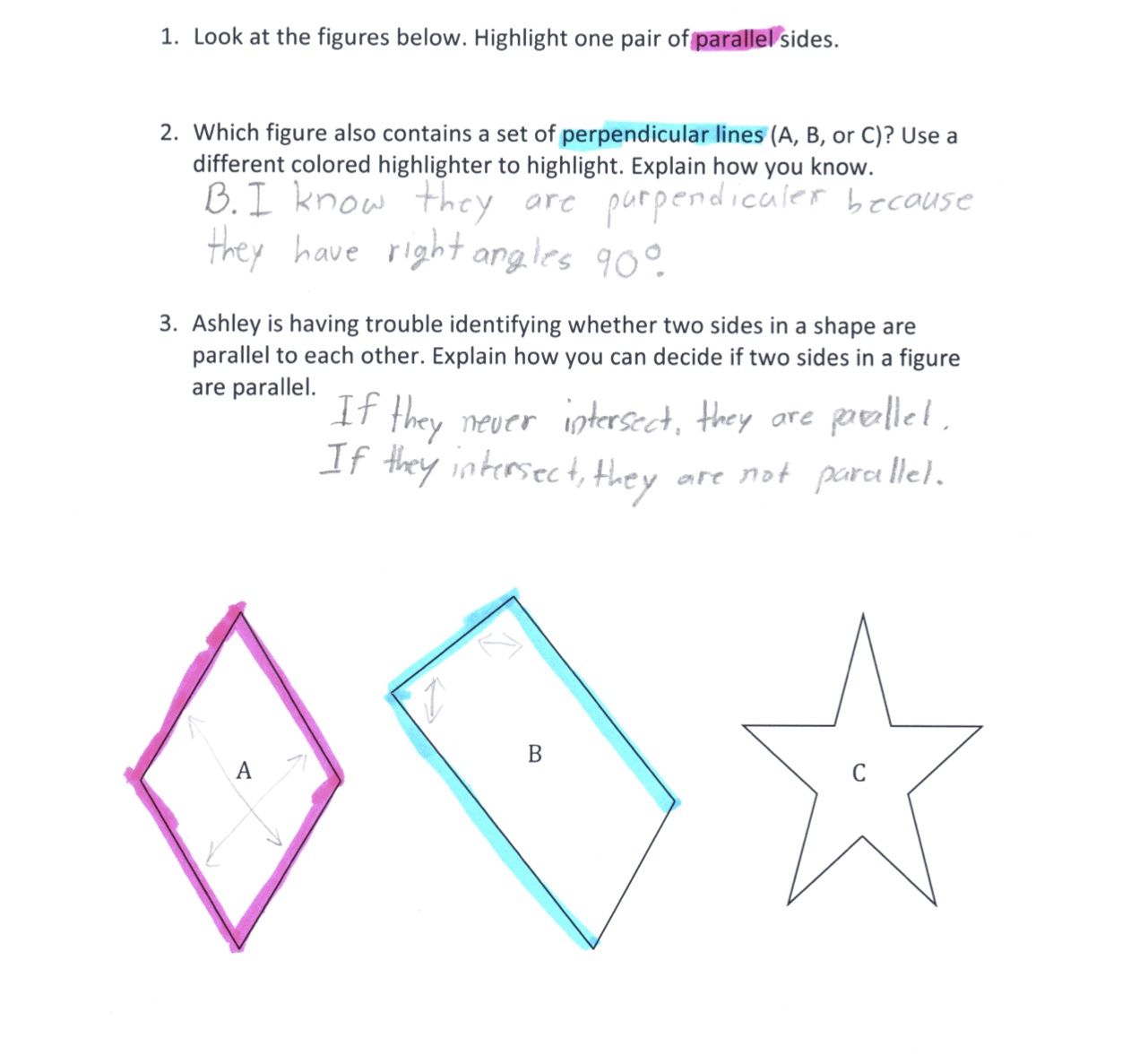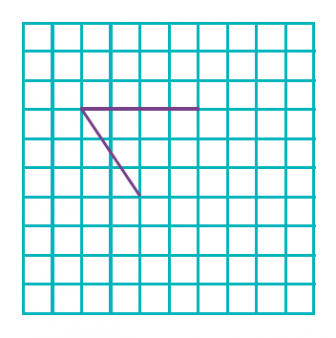

The goal of a maximum material condition callout is to ensure that when the part is in its worst tolerances, the orientation and size of the hole/pin will always assemble together. When a functional gauge is used for Perpendicularity, any difference the actual feature size is from the maximum material condition would be a bonus tolerance. See Example #2 below for a good example Axis Perpendicularity using MMC. Gauge Ø (hole gauge) = Max Ø of pin (MMC) + Perpendicularity Tolerance Gauge size for an external feature (like a pin): Gauge Ø (pin gauge)= Min Ø of hole (MMC) – Perpendicularity Tolerance Gauge size for an internal feature (like a hole): This allows it to be designed for either a negative (hole) or positive (pin) feature and can take into account a bonus tolerance.* To ensure that a part or feature is axially perpendicular, Maximum material condition is most often called out on axis perpendicularity to allow easy measurement with a gauge. The entire surface has to be measured if it is a flat feature. Perpendicularity is measured using a height gauge, similar to flatness, however, the gauge (or part) is locked to a 90° datum to measure how perpendicular the surface is. The tolerance zone is the diameter of this symbol in which the central axis of the measured feature must lie. Remember: Perpendicularity does not directly control the angle of the referenced surface it controls the envelope (like flatness) where the surface needs to be.Ī cylinder surrounding a referenced theoretical axis which is directly perpendicular to the datum feature. The planes are held perpendicular to the datum, but only ensure that the entire feature falls into the tolerance zone. Two parallel planes or lines which are oriented perpendicular to the datum feature or surface. See example 2 below for how these particular parts are gauged. When this version of Perpendicularity is called out it is to be used with maximum material condition to enable easy gauging of the part. This cylindrical boundary is formed by taking a line that is directly perpendicular to the datum feature. When Perpendicularity is referenced for axial control of a feature, the symbol now specifies a cylindrical boundary where the axis of the referenced feature must lie. Axis Perpendicularity can be applied to a positive feature (pin/boss) or to a negative feature (a hole). When it is referenced for a circular feature, the feature control frame will contain the diameter (Ø) symbol. (mm/in) Axis:Īxis control can also be called out for Perpendicularity and is one of the more common forms of axes call outs. Note: Perpendicularity does not control the angle of the referenced feature –the tolerance is in distance units. See the tolerance zone below for more details. The tolerance of the perpendicularity callout indirectly controls the 90° angle between the parts by controlling the location where the surfaces have to lie. Perpendicularity can reference a 2D line, but more commonly it describes the orientation of one surface plane perpendicular to another datum plane. Perpendicularity is a fairly common symbol that requires the referenced surface or line to be perpendicular or 90° from a datum surface or line. Relative to Datum: Yes MMC or LMC applicable: Yes GD&T Drawing Callout: Surface Perpendicularity: Pay close attention if a hole or pin is referenced since axis perpendicularity is commonly called out on these features.

Axis Perpendicularity is controlled by a cylinder around a theoretical perfectly parallel axis.

Axis Perpendicularity is a tolerance that controls how perpendicular a specific axis needs to be to a datum. Surface Perpendicularity is controlled with two parallel planes acting as its tolerance zone. The normal form or Surface Perpendicularity is a tolerance that controls Perpendicularity between two 90° surfaces, or features.

Perpendicularity in GD&T can mean two very different things depending on which reference feature is called out.


 0 kommentar(er)
0 kommentar(er)
